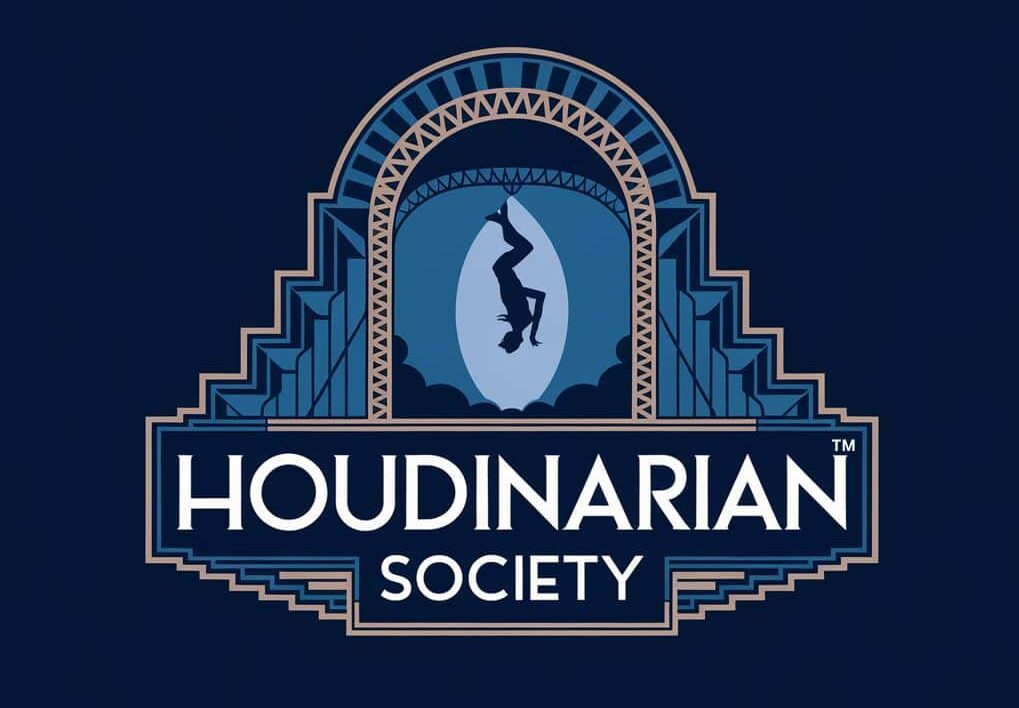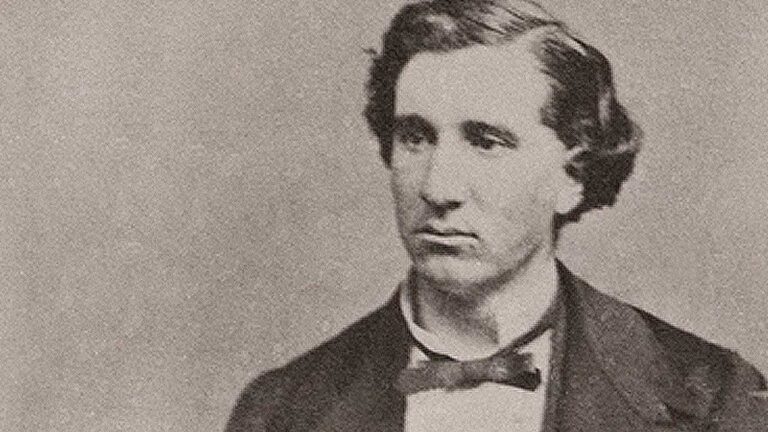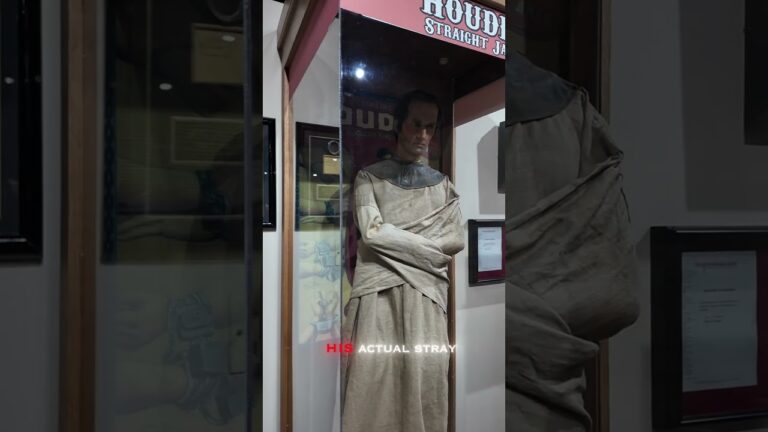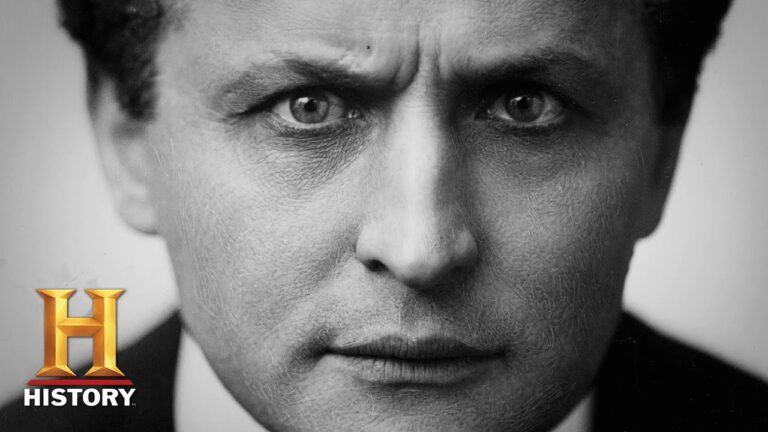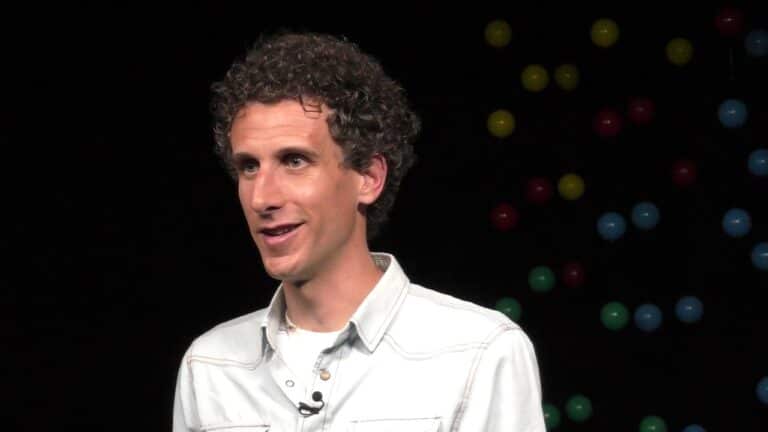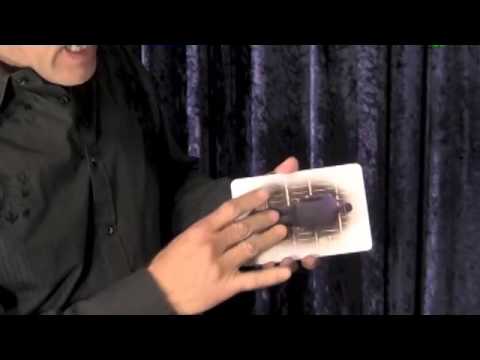The Intersection of Technology and Performance: How Innovations Transformed Magic
Magic shows have changed dramatically since the days of pulling rabbits from hats. Modern magicians now use digital tools and advanced technology to create more engaging and immersive experiences. They combine traditional sleight of hand with LED screens, motion sensors, and computer-controlled props.
You might wonder how this blend of old and new works together. Magic and technology share a fascinating connection – both aim to create moments of wonder and seemingly impossible feats. When you see a magician control objects with a wave of their hand, they might be using hidden sensors and carefully programmed responses rather than traditional wires and pulleys.
This mix of magic and technological innovation has opened up new possibilities for performers. You can now experience illusions that weren’t possible just a few years ago, from interactive smartphone tricks to large-scale digital disappearing acts that leave audiences questioning what’s real and what’s technology.
The Evolution of Stage Magic: From Houdini to the Digital Age

Harry Houdini changed magic forever with his groundbreaking escape performances. His skill at combining showmanship with technical mastery set new standards for magicians to follow.
Magic underwent major changes during the Industrial Revolution. You can see how new scientific advances transformed performances, as magicians incorporated emerging technologies into their acts.
The rise of cinema brought fresh opportunities. Stage magicians like Georges Méliès pioneered special effects in early films, using their knowledge of illusions to create movie magic.
Today’s performers use cutting-edge tools you couldn’t imagine in Houdini’s time. Augmented and virtual reality enable completely new types of illusions that merge the physical and digital worlds.
Key Innovations in Modern Magic:
- Digital projection mapping
- LED screens and lighting
- Real-time motion tracking
- Social media integration
- Interactive mobile apps
The fundamentals remain unchanged: amazing audiences through mystery and wonder. Yet the methods have evolved dramatically as each generation of magicians embraces new technology.
Technological Advancements in Stage Magic

Stage magic performances have evolved dramatically through advances in technology. New materials, mechanisms, and digital tools create more sophisticated illusions that amaze modern audiences.
Early Mechanical Innovations
The first major advances in stage magic came through clever mechanical devices. Hidden compartments, spring-loaded mechanisms, and precisely engineered props allowed magicians to perform seemingly impossible feats.
Trap doors and pulley systems gave performers the ability to make objects and people vanish instantly. Custom-built tables featured secret panels and mechanical triggers that could be activated discreetly.
Metal workers and craftsmen developed specialized materials like thin steel wire that became nearly invisible under stage lights. These innovations laid the groundwork for many classic illusions still used today.
The Introduction of Electrical and Lighting Systems
Electric lighting transformed magic shows by giving performers precise control over visibility. Strategic spotlights could direct audience attention exactly where needed while keeping other areas in shadow.
Engineering advances brought remote-controlled props and motorized stage elements. Electromagnets enabled objects to move “magically” without visible means.
Complex lighting sequences synchronized with music created more dramatic reveals. Fiber optics and LED systems allowed for new types of visual misdirection.
The Role of Digital Technology in Modern Magic
Digital tools create more engaging and immersive experiences through projection mapping, motion sensors, and augmented reality. Your smartphone can now become part of the performance through interactive magic apps.
Video technology enables real-time manipulation of images and virtual objects. Computer-controlled stage equipment provides perfect timing for complex illusions.
RFID chips and wireless systems let magicians secretly track and control props. Social media integration adds new layers of audience participation that weren’t possible before.
Key Innovations That Transformed Traditional Illusions

Modern technology has revolutionized magic performances through digital tools, automation, and immersive experiences. These advancements allow magicians to create more spectacular and engaging illusions than ever before.
Automated Stagecraft and Robotics
Digital technology has transformed how magicians control their stage equipment. Computerized lighting systems respond instantly to performer cues, creating perfect timing for misdirection and reveals.
Robotic stage elements move with precise choreography, eliminating the need for human stagehands and allowing for more complex sequences. You’ll see servo motors controlling trap doors and props with millisecond accuracy.
Motion sensors track performer movements, triggering effects at exactly the right moment. This creates seamless transitions between tricks that would be impossible with manual controls.
Augmented Reality and Virtual Reality in Magic
Virtual magicians now captivate audiences through AR and VR technology. Your phone or tablet becomes a window to impossible illusions through specially designed apps.
Virtual objects appear to emerge from physical cards or props when viewed through AR devices. These digital elements interact with the real world in ways that blur the line between reality and illusion.
VR headsets transport you into fully immersive magical environments. You can witness and even participate in 360-degree illusions that surround you completely.
Projection Mapping and Holograms
Drones and holographic displays create floating images that defy explanation. Advanced projectors map visuals onto irregular surfaces, transforming ordinary objects into extraordinary illusions.
LED screens and transparent displays create the appearance of objects materializing from thin air. You’ll see these effects integrated seamlessly with traditional sleight of hand techniques.
3D projection technology allows multiple audience members to view the same illusion from different angles without special glasses. This creates shared experiences that feel more real than traditional stage magic.
Case Studies of Technological Integration in Magic
Technological advances created new possibilities for magicians to enhance classic illusions and develop groundbreaking performances. Smart stages, digital effects, and interactive elements transformed how audiences experience magic.
Iconic Performances Enhanced by Technology
Innovative magicians like David Copperfield revolutionized stage magic by integrating computerized lighting systems and mechanical platforms into their acts. His famous “Flying” illusion used precisely controlled wire systems and specialized lighting to create the appearance of effortless flight.
Penn & Teller’s “Cell Fish” trick incorporated smartphones and wireless technology to modernize the classic “goldfish bowl” illusion. The duo used audience members’ phones to make digital fish appear to swim between devices.
Marco Tempest pioneered augmented reality magic by projecting digital elements that interact with physical objects in real-time. His TED talks showcase how technology can amplify traditional sleight of hand.
Modern Magicians Pushing Technological Boundaries
Today’s performers use crystalline technologies to store and channel magical energy in their acts. Mario Lopez creates holographic illusions using transparent LED screens and motion tracking.
Shin Lim combines close-up card magic with precisely timed lighting and smoke effects controlled by custom software. His performances blur the line between traditional manipulation and high-tech theatrical production.
Cyril Takayama integrates social media and live streaming into his street magic, allowing viewers worldwide to participate in his effects through their devices.
Collaborative Projects Between Magicians and Technologists
Research shows that magic performances inspire innovative design thinking. The Magic Lab at MIT partners with professional magicians to develop new theatrical technologies.
Magic consultants work with tech companies to create more intuitive user interfaces. Their understanding of misdirection and psychology helps improve human-computer interaction.
Disney Imagineering employs magicians to design interactive exhibits that combine traditional illusions with modern technology.
Maintaining the Principles of Misdirection and Wonder
Magic’s core essence lies in manipulating attention and perception. As technology advances, keeping these fundamental principles alive becomes crucial to preserving the art’s authenticity.
Balancing Technology with Traditional Techniques
You need to blend digital tools with classic sleight-of-hand to create truly memorable performances. Modern misdirection techniques combine technological elements while maintaining the psychological aspects that make magic effective.
Digital props and screens can enhance your performance when used strategically. The key is making technology invisible to your audience – it should never overshadow the magic itself.
Your traditional skills remain essential. Practice palm techniques, false transfers, and timing even when using high-tech props. These fundamentals ensure you can still perform if technology fails.
Audience Perception and Engagement
Your spectators’ experience changes when technology enters the equation. Digital tools create more immersive shows, but you must maintain the human connection.
Make eye contact and use verbal misdirection, even during tech-enhanced tricks. These personal touches keep audiences invested in your performance.
Read your audience’s reactions carefully. If technology creates distance, adjust your approach to bring back intimacy and wonder.
Ethical Considerations in Technological Magic
You must establish clear boundaries when using technology in magic. Creating wonder through controlled illusion differs from deception that might harm or mislead.
Be transparent about using technology when appropriate, especially in educational settings. Your audience should trust your integrity while still enjoying the mystery.
Consider privacy concerns when incorporating smartphones or social media into your acts. Always obtain proper consent and protect audience members’ personal information.
The Future of Technology in Magic
The next wave of magical innovation brings groundbreaking tools and methods that will transform how magicians create wonder. Digital advances are opening new doors for both stage and close-up performances.
Emerging Technologies on the Horizon
Advanced digital tools like augmented reality glasses will let you see impossible illusions layered onto the real world. These devices create effects that weren’t possible before.
Smart props with embedded sensors can now communicate wirelessly with other objects in your act. This enables perfectly timed revelations and transformations.
Artificial intelligence assists in creating new routines by analyzing successful performances and suggesting creative combinations. Machine learning helps you perfect the timing and misdirection in your tricks.
Predictions for the Next Decade of Magical Performances
Virtual reality will create fully immersive magical experiences where you can interact with illusions in 3D space. Innovative stage mechanisms will use robotics for impossibly smooth prop manipulations.
Digital projection mapping will transform entire venues into magical environments. Your audiences will experience effects that extend beyond the stage and surround them completely.
Crystalline technologies and quantum computing may unlock new ways to create seemingly impossible effects through scientific principles we’re just beginning to understand.
The Ongoing Relationship Between Magic and Technology
Magic adapts and evolves as new technologies emerge. You’ll find ways to incorporate cutting-edge tools while preserving the fundamental elements of mystery and wonder.
Digital interfaces make classic effects more powerful and precise. Your card tricks can now incorporate smartphone interactions that feel both magical and modern.
The best magic will continue to balance technological innovation with artistic presentation. Your success depends on using new tools to enhance the experience without letting them overshadow the performance.
Final Thoughts
Technology has revolutionized the art of magic. It has created immersive experiences that merge traditional sleight of hand with digital innovation. You can now witness performances that would have seemed impossible just decades ago.
Magical transformations in entertainment continue to evolve as new tools emerge. Your experience as an audience member has shifted from passive observation to active participation through interactive elements and digital engagement.
Virtual reality, augmented reality, and sophisticated projection systems have expanded the magician’s toolkit. These tools don’t replace traditional magic – they enhance it.
You might notice that modern performances blend the mysterious with the technological. This fusion creates a unique style of entertainment that appeals to today’s tech-savvy audiences while preserving the wonder of classical illusions.
Remember that the true power of magic lies not in the tools used, but in the connection between performer and audience. Your sense of amazement comes from both the technical precision and the artistic presentation.
The future holds exciting possibilities as technologies advance. You’ll see more innovations that push the boundaries of what’s possible in magical entertainment, creating ever more astounding experiences.
Contents
- 1 The Evolution of Stage Magic: From Houdini to the Digital Age
- 2 Technological Advancements in Stage Magic
- 3 Key Innovations That Transformed Traditional Illusions
- 4 Case Studies of Technological Integration in Magic
- 5 Maintaining the Principles of Misdirection and Wonder
- 6 The Future of Technology in Magic
- 7 Final Thoughts
